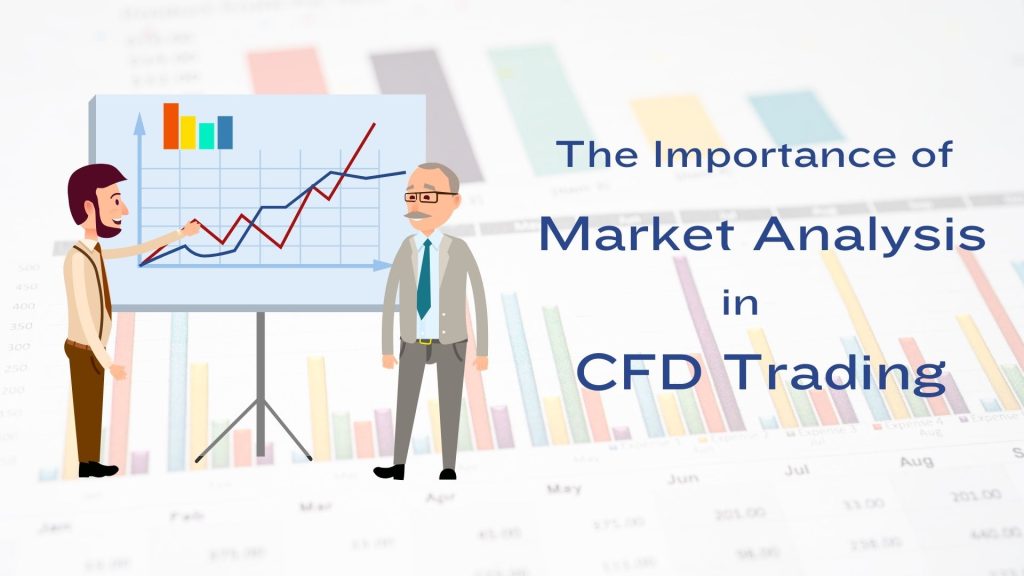
The Importance of Market Analysis in CFD Trading
CFDs are derivative instruments that allow traders to speculate on the price movement of various assets, such as stocks, commodities, and currencies, without owning them. The difference between the contract’s opening and closing prices determines the profit or loss.
Given the leverage effect in CFD trading, the stakes are high, where traders can control large positions with relatively little capital. As a result, undertaking market analysis is important, which we will cover in this article.
Join the global network of professionals and find the ideal trading and liquidity partners now!
Why Is Market Analysis Important for CFD Trading?
There are three main benefits as follows:
Identifying Opportunities
Regular market analysis can reveal emerging trends and trading opportunities that might not be immediately obvious. Traders can leverage this information to enter or exit positions at opportune moments.
Informed Decision Making
A well-informed decision is a cornerstone of successful trading. Market analysis provides traders with insights into the factors driving asset prices, enabling them to anticipate market movements and make strategic trades.
Risk Management
Market analysis helps traders assess the potential risks and rewards of different positions. By understanding market trends and volatility, traders can set appropriate stop-loss and take-profit levels to manage their exposure.
What Are the Top Tools and Techniques for CFD Trading?
Market analysis in CFD trading can be broadly divided into two main approaches: fundamental analysis and technical analysis. Traders often combine both to refine their trading strategies.
1. Fundamental Analysis
Fundamental analysis involves evaluating the intrinsic value of an asset based on economic indicators, company financials, and market news. For CFD traders, understanding the impact of macroeconomic factors, such as interest rates, inflation, and geopolitical events, on their chosen markets is crucial.
Tools for Fundamental Analysis:
- Economic Calendars: To track important economic events and indicators.
- Financial News and Reports: To stay informed about market-moving news and analyses.
- Company Earnings Reports: For traders focusing on stock CFDs, earnings reports are a key source of information.
2. Technical Analysis
Technical analysis focuses on analysing price charts and using statistical indicators to predict future price movements. This approach is based on the assumption that price patterns tend to repeat themselves over time.
Key Techniques in Technical Analysis:
- Trend Analysis: Identifying the direction of the market trend (upward, downward, or sideways) can help traders decide whether to take long or short positions.
- Chart Patterns: Recognising patterns like head and shoulders or triangles can signal potential market reversals or continuations.
- Technical Indicators: Tools like moving averages, Relative Strength Index (RSI), and Bollinger Bands provide insights into market momentum, volatility, and potential price levels of interest.
Conclusion
The volatile and leveraged nature of CFD trading makes market analysis beneficial and essential for success. It helps traders understand the market comprehensively, manage risks effectively, and capitalise on trading opportunities.
To learn more about trading platforms, follow us on LinkedIn.





